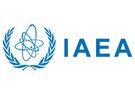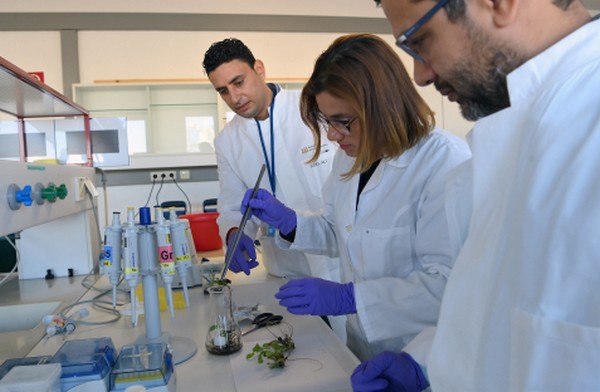The International  Atomic Energy Agency (IAEA) has trained scientists from six Latin American countries in using nuclear and related techniques to detect and contain a banana disease threatening a quarter of the global production of a crop that is providing jobs and nutrition for hundreds of millions of people around the world. The training included the development of genetic disease resistance in bananas.
Atomic Energy Agency (IAEA) has trained scientists from six Latin American countries in using nuclear and related techniques to detect and contain a banana disease threatening a quarter of the global production of a crop that is providing jobs and nutrition for hundreds of millions of people around the world. The training included the development of genetic disease resistance in bananas.
One of the most devastating banana diseases in the world, the Fusarium or Panama wilt, is spreading rapidly in the region. It hurts global supplies of the world’s most popular export banana variety — the Cavendish.
In response to an urgent request from affected countries, Director General Rafael Mariano Grossi last year pledged that the IAEA would provide immediate assistance in combating the disease and preventing it from causing further damage, working together with the Food and Agriculture Organization of the United Nations (FAO).

“Immediately after receiving the request for assistance, we dispatched a technical mission to assess the situation and provide emergency assistance. Training scientists from the region is a vital part of this assistance as it builds skills and other capacity in managing and controlling a disease that is hurting livelihoods across the region,” said Director General Grossi, who met the researchers during their training in the IAEA laboratories in Seibersdorf, Austria. He will also be meeting foreign and trade ministers from the Andean Community in Ecuador’s capital Quito later this month.
As part of the assistance, twelve scientists from Brazil, Colombia, Costa Rica, Ecuador, Peru and Venezuela received training in February in Seibersdorf. The topics covered mutation breeding, tissue culture, development of mutant populations, and in screening protocols for disease resistance.
“Thanks to the training, I understand the high potential of irradiation approaches to increase banana’s resistance to Fusarium. I was glad to learn how the IAEA can contribute to the resolution of this important problem in our countries,” said Mauricio Soto-Suárez, a PhD researcher in plant pathology from Colombia. He is one of the banana breeders, pathologists, and tissue culture specialists, who participated in the two week training course, which took place at the Plant Breeding and Genetics Laboratory of the Joint FAO/IAEA Centre of Nuclear Techniques in Food and Agriculture in Seibersdorf and at IAEA Headquarters in Vienna.
The IAEA will support the affected countries over the next five years in disease detection, surveillance, and containment. They will also receive scientific advice on how to boost the genetic resistance of banana plants using mutation breeding and associated biotechnologies.
In August last year, experts and authorities from the Andean community — Bolivia, Colombia, Ecuador and Peru — reached out to the IAEA when they discovered the continuing spread of the latest variant of the Fusarium wilt disease, Tropical Race 4 (TR4), in the region. It has now spread to more than 20 countries around the world.
For more information: iaea.org










